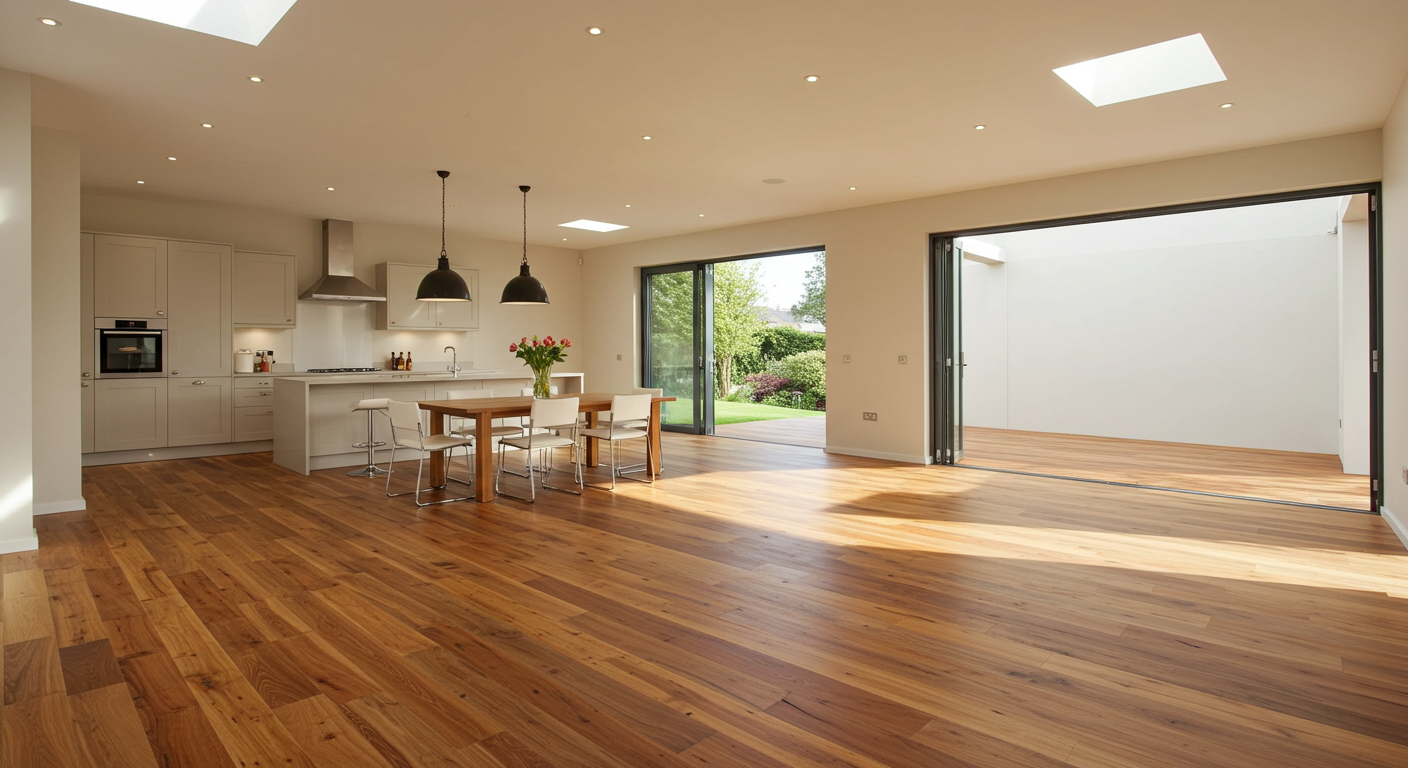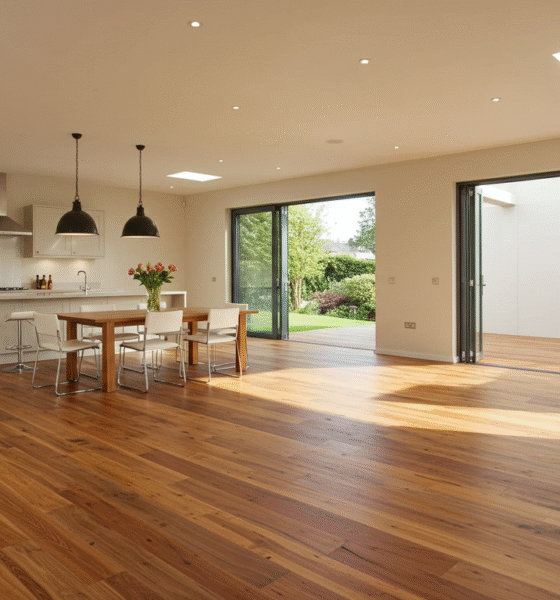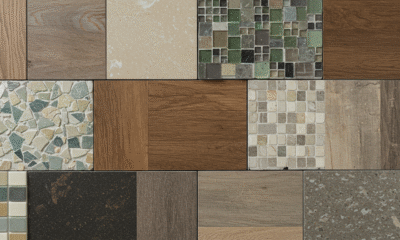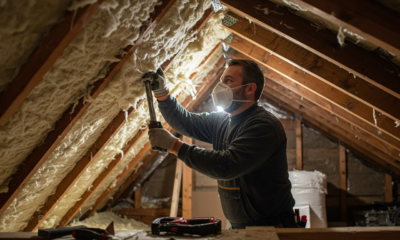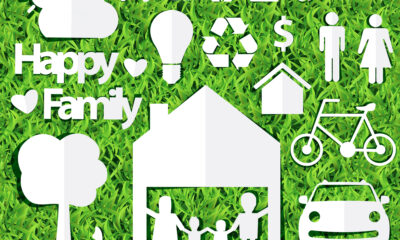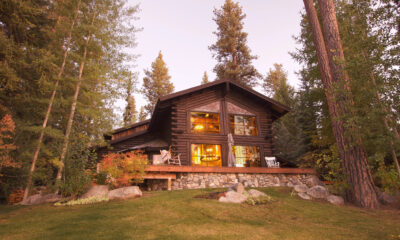Custom flooring has started to play a bigger role in how people approach sustainability at home. Many homeowners are ditching mass-produced options for materials like reclaimed wood or bamboo, which have a smaller impact on the environment. The truth is, some of these choices might take more effort upfront but they can really help in the long run. About 70% of people say they are actively making changes at home to support sustainability, showing that the interest is growing fast. People just want homes that don’t wreck the planet, plain and simple.
Energy-saving choices often begin at the surface level—literally. Floors made with natural insulators like cork or thicker engineered wood can help reduce heating and cooling costs over time. And it’s not just about the material itself, but also how it performs in everyday use. A lotta folks don’t realize that the right type of floor can keep a room warmer in the winter without touching the thermostat. Both 69% of Boomers and 64% of Millennials have expressed a desire for homes that do a better job conserving energy, which supports this shift in priorities.
Custom floors also tend to last longer than generic ones, which means less waste over time. When a floor is designed for a specific home and lifestyle, it’s less likely to be replaced after a few years. People don’t think about this too much, but short-lived floors end up clogging landfills. By choosing something built to last, you’re basically keeping a bunch of junk outta the trash. The decision to go custom isn’t always about style—it’s about making better use of what’s already out there. This can help you create a more sustainable home.
Another key factor is how materials are sourced. Many flooring companies that offer custom options are working directly with suppliers that practice ethical harvesting and responsible forestry. You wouldn’t wanna buy something that came from chopping down a rainforest, right? More and more, people are paying attention to where their materials come from and how workers are treated along the way. That global awareness is tied to a bigger trend—nearly 9 in 10 people worldwide say they want the world to shift toward sustainability and fairness, according to a World Economic Forum/Ipsos survey.
Custom flooring choices also allow homeowners to reduce harmful chemicals in their living space. Mass-market floors often contain glues and finishes that release pollutants into the air over time. Picking low-VOC or untreated materials makes a noticeable difference in air quality, especially for families with kids or pets. Some folks just want to breathe better, and you can’t blame ‘em. Making conscious choices about floors can be one way to get there without doing anything too dramatic.
Finally, installing a custom floor is often part of a broader lifestyle shift. People choosing these kinds of upgrades are usually also switching out lightbulbs, changing appliances, and rethinking how they use energy at home. It’s part of this bigger effort to live more intentionally. Stuff like this adds up even if it doesn’t seem huge in the moment. They might not talk about it a lot, but people really are trying to live better—quietly, steadily, one project at a time.
Pacific Palisades offers more than just coastal views—it demands homes that match its distinctive terrain and elevated lifestyle. Homeowners here aren’t looking for templates. They want residences that reflect personal taste, adapt to their routines, and embrace the natural contours of the land. Custom floor plans are rising in popularity because they deliver design that’s not only personal but purposeful.
Unlike prebuilt models that often rely on rigid layouts, custom designs respond to the unique demands of each site and owner. Floor plans can be shaped around sloped lots, sunlight patterns, and the need for both openness and retreat. These tailored choices go beyond aesthetics—they influence how people live, move, and feel inside their homes. In a place like Pacific Palisades, those details make all the difference.
Custom Floor Plans Built by a Pacific Palisades Architect Respond to Real Site Conditions
A Pacific Palisades architect designs homes that blend with the area’s natural setting. They know how to work with sloped land and changing sunlight. Each room is planned to make the most of the views and daylight, making the home feel like it belongs on the land—comfortable, stylish, and closely connected to the outdoors.
Designing to match real site conditions is about more than looks. It also respects local building rules and zoning codes, creating a home that is legal and livable. An architect who understands the unique traits of each property can add real value to the living experience. Hiring someone who knows the area well can make a big difference in how your home turns out.
Layouts Are Optimized for Lifestyle Instead of Generic Use Cases
Custom floor plans match how people actually live. Every homeowner is different—some host often, others prefer peace and quiet, and many have personal routines or hobbies. Thoughtful layouts can support these needs, like connecting the kitchen to outdoor areas for entertaining. This way, homes reflect real lives instead of following a generic design.
Thoughtful layouts strike a balance between openness and privacy, shaping spaces that suit both lively gatherings and quiet moments. Separating high-traffic zones like family rooms from bedrooms or home offices helps maintain calm where it’s needed most. Collaborating with an architect around your daily routines leads to a layout that supports how you live—not just how a house looks on paper.
Design Cohesion With Interiors Begins From the First Draft
Planning custom features from the start allows architecture and interiors to change as one cohesive vision. Considering furniture placement, lighting, and storage early prevents mismatches that disrupt flow later. This approach makes each room feel intentional and connected, with design choices that support how people live rather than compete for attention. A well-integrated home feels calm, natural, and uniquely suited to its owners.
Choosing built-in storage that matches the home’s design or light fixtures that highlight key features adds to this unity. Planning these details early also helps avoid costly changes later on. Talking to your architect about what kind of interiors you want right from the start helps create a space that feels complete and personal.
Prebuilt Models Fall Short on View Framing and Privacy Control
Prebuilt layouts often overlook privacy and views, leaving homeowners with awkward window placement, cramped yards, or homes that feel too close to neighbors. Such oversights affect comfort and curb appeal, making the living experience feel generic or compromised.
Custom designs take the full outdoor context into account—framing the best views, controlling sightlines, and creating a sense of openness without sacrificing seclusion. A skilled architect can turn these spatial choices into meaningful advantages, making the home feel thoughtfully placed and deeply connected to its environment.
Resale Value Gains From Architectural Individuality
In Pacific Palisades, unique home design brings real value in the luxury market. Buyers often look for more than just a place to live—they want something special. Homes with standout features and layouts attract those who appreciate style and personality, making them more desirable to both current owners and future buyers.
People form emotional connections with homes that are thoughtfully designed. That connection plays a big role in making a sale. A unique and well-planned home offers more than good looks—it feels right to the buyer. Choosing a talented architect can result in a beautiful, distinctive home that speaks to both you and future buyers.
Designing a home in Pacific Palisades should feel like a conversation between your lifestyle and the land itself. Thoughtful floor plans make space for sunlight, quiet, and daily flow—shaped intentionally, not generically. Local architects bring insight into views, zoning, and terrain, helping you create something personal from the start. Great design doesn’t just meet today’s needs—it speaks to future buyers seeking something distinctive. A home that feels aligned with you and the land stands apart. If you’re ready to build something that feels as good as it looks, talk to an architect who understands the Palisades—start shaping your vision today.


 Environment9 months ago
Environment9 months agoAre Polymer Banknotes: an Eco-Friendly Trend or a Groundswell?

 Environment10 months ago
Environment10 months agoEco-Friendly Home Improvements: Top 7 Upgrades for 2025

 Energy12 months ago
Energy12 months agoA Closer Look at The Rapid Growth of Solar Energy in Ireland

 Energy12 months ago
Energy12 months agoEV Charging Business: It’s About More Than Just Electricity
